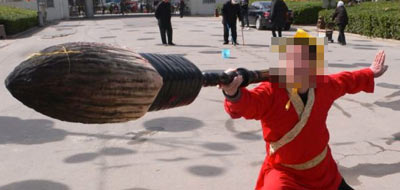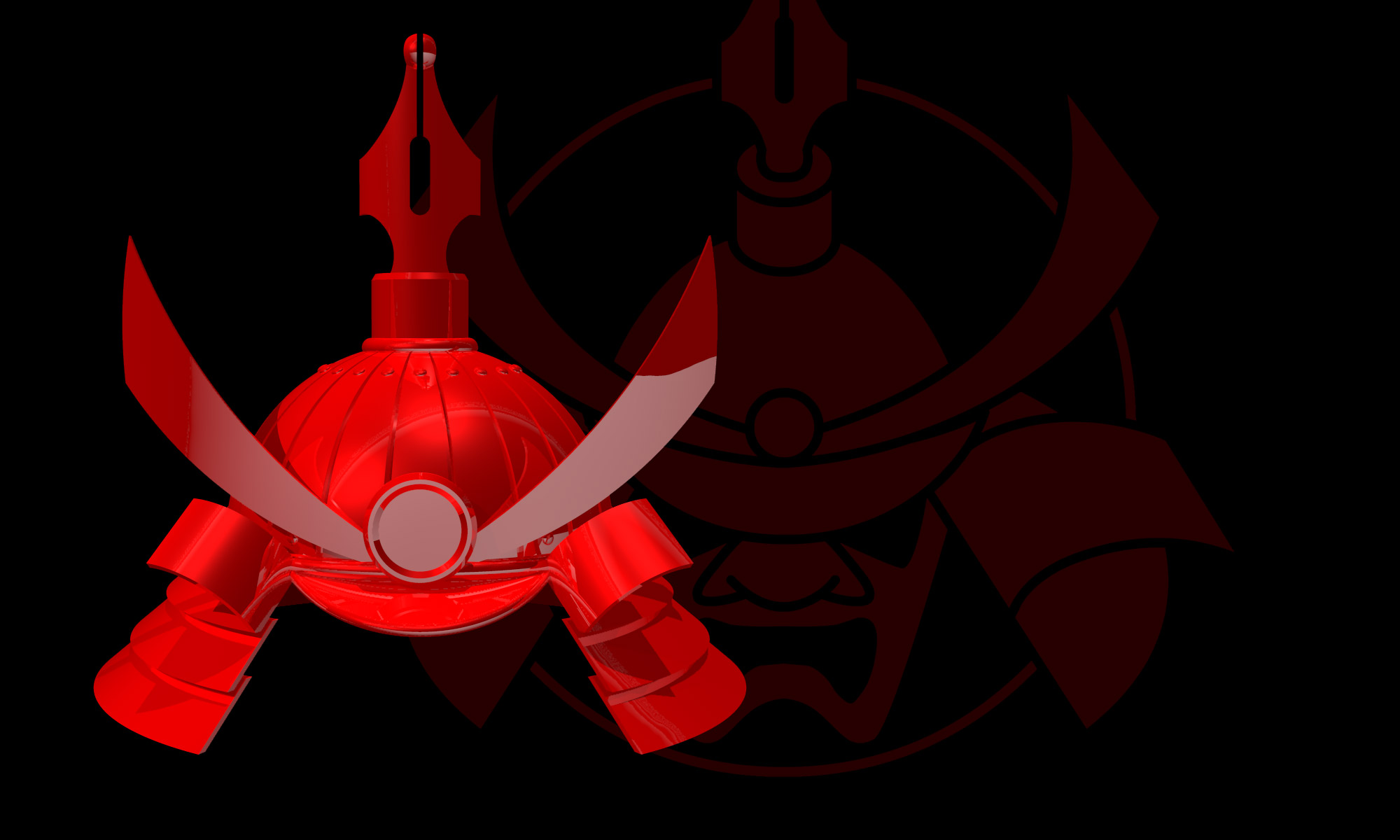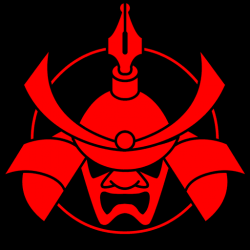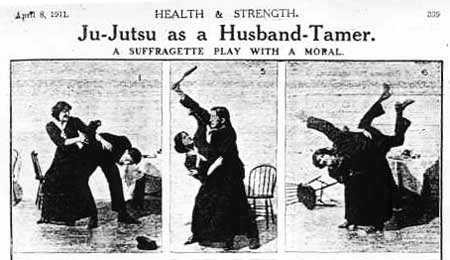In a shocking breach of centuries-old tradition, a Fudebakudo master has gone public.

Ba Desheng publicly reveals the art. Unbelievable. Note elderly bystanders pretending not to be interested.
According to the British free “newspaper” Metro, “Ba Desheng gives a whole new meaning to the term martial art, using kung fu moves to sketch out giant Chinese letters — known as calligraphy — in front of impressed onlookers.” Read the whole story at the Metro, if you dare.
We can only speculate as to why Ba Desheng decided to reveal himself in a world where Fudebakudo masters normally pass amongst us unnoticed. His choosing to wear the classic red-and-black “signature colours” is a very bold statement. A cry for help, perhaps? Is he imparting a desperate message to the rest of the Fudebakudo world? Perhaps. Sadly we will never know because he left the inkstone out of the mix, and the ink is so watery that when the sun came out his urgent message was lost forever.
Strange times indeed.
(So, Chinese letters are “known as calligraphy” — thanks for clearing that up, Metro).


